The 1st mobility of the Erasmus+ program titled “How Europe will save the world” took part in Barcelos, Portugal between 3-8 of July. The Greek team consisted of 2 teachers and 7 students. The subject of this meeting was “Sustainability: Use of water and energy”. Each school had to prepare and present a project about the sustainable water and energy use in their country. We worked on it describing the situation in Greece and especially in our region, Thessaly. Our project was separated in 4 units:
- Sustainability
The types of sustainability (environmental, economic, social) – Sustainable development goals – Sustainability in Thessaly – Hydro technical project in Pineios River
- Renewable sources of energy
Wind, Solar, Geothermic energy/ Hydropower – The hydroelectric dam in Thessaly – The project of the 2 wind farms in Thessaly – Solar energy parks in Thessaly
- Climate change
Causes and Types of climate change – Climate change in Greece/ Larissa – Ways to fight against climate change
- Desertification
Causes – Desertification in Greece/ Thessaly – Water supply problem – Water region of Thessaly – Strategies to reduce desertification
The main activities of this mobility, concerning the subject were:
- Guided tour at the salt flats in Aveiro
The salt production has always played a major role in the economy of Aveiro region. Salinas, or salt works, in Aveiro are known by the name Marinha. The Marinha consists of a set of tanks organized in three orders (storage, evaporation and crystallization), through which the salt water flows, with the salt crystals forming at the last stage. Traditionally, a marinha is enclosed by a wall of mud and clay. During the last tides, with full and new moons, the marinha receives the sea water from one of the lagoon canals. The sea water is brought into the system by means of a pump that connects to a large reservoir. From here the water flows by gravity through several basins until it reaches the crystallizers, where the salt is formed or, as the locals say, where the salt is born. The basins have different dimensions and communicate with each other through small gates. During the water course the process of decantation and evaporation takes place, creating a fractioned precipitation of various salt types and among them, in the final stage of the process, the sodium chloride, the artisan salt.
- Knowing the biodiversity of Ria de Aveiro
The active marinhas are rich in nutrients and biodiversity, providing shelter, food and good nesting places to land birds and sea birds. Essentially, these birds feed on invertebrates found in the sludge from the bottom of the salt tank, insects, small crustaceans, small fish and plant material. The birds that are seen are: Black-winged stilt, Dunlin, Kentish Plover, Little Terns and Lesser Black-Backed Gull.
- Activities in CIIMAR (Ocean knowledge and sustainability)
The CIIMAR is a research and advanced training institution of the University of Porto. Its mission is to develop high-quality research, promote technological development and support public policies in the area of Marine and Environmental Sciences. Through the integration of different disciplines, the center aims to contribute to the understanding of the biological, physical and chemical processes which occur in the ocean and the coastal zones, for the sustainable use of aquatic resources and the evaluation of the impact of human activities on ecosystems. “The CIIMAR in School” is an outreach project designed for students and teachers from the basic to the secondary education. The project seeks to awaken the curiosity of the youngest about the Marine and Environmental Sciences. Students and teachers participated in a series of workshops concerning the Ocean Acidification and its impacts on the sea life. The main cause is the rapidly increased carbon dioxide emissions which significantly decreases the rate of calcification of organisms with shells, carapaces and limestone skeletons. It is estimated that the pH could drop to 7.6 by 2100 if current emission rates are maintained.
- 4. Activity with the Art teacher
The students with the Portuguese Art teacher used plastic bags and filled them with colorful water to make a motif. Its different colors illustrated the flags of the four partners (Portugal, Germany, France and Greece) in a row. This activity promoted the creativity, imagination and teamwork among the students.
We also had the opportunity to visit places of cultural interest like the city of Aveiro known as the Venice of Portugal, Costa Nova which is a delightful village famed for its magnificent sandy coast line and its colorful beach houses painted in striped patterns and the beautiful city of Porto (Riviera, Douro Bridge and Cathedral). We participated in sea sports like surfing in Atlantic Ocean and beach volley at the beach of Apulia, a boat trip in Barca do Lago and we tasted local dishes like Franchecinha and Cod fish and the famous sweet Pastel de Nata.
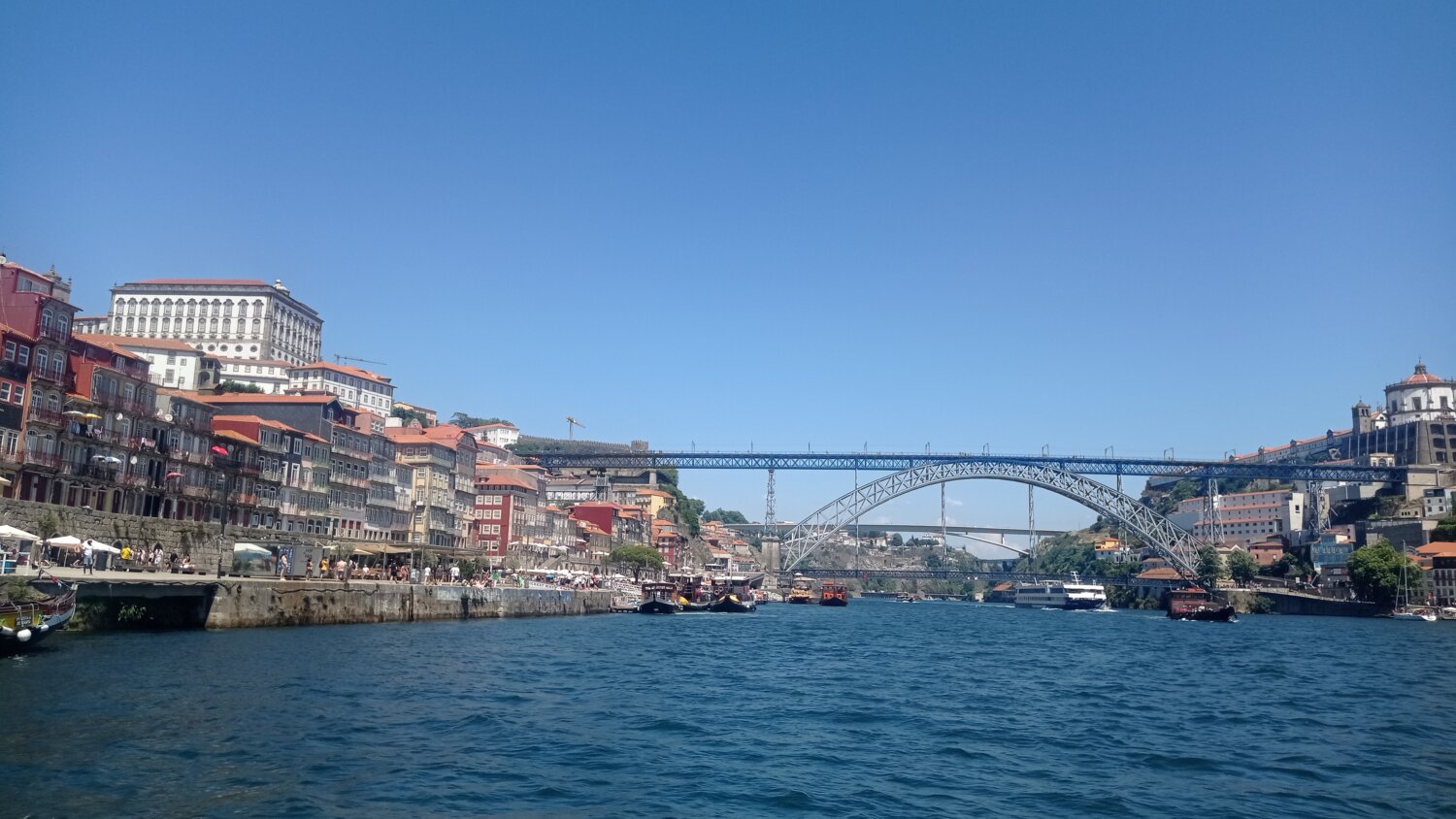
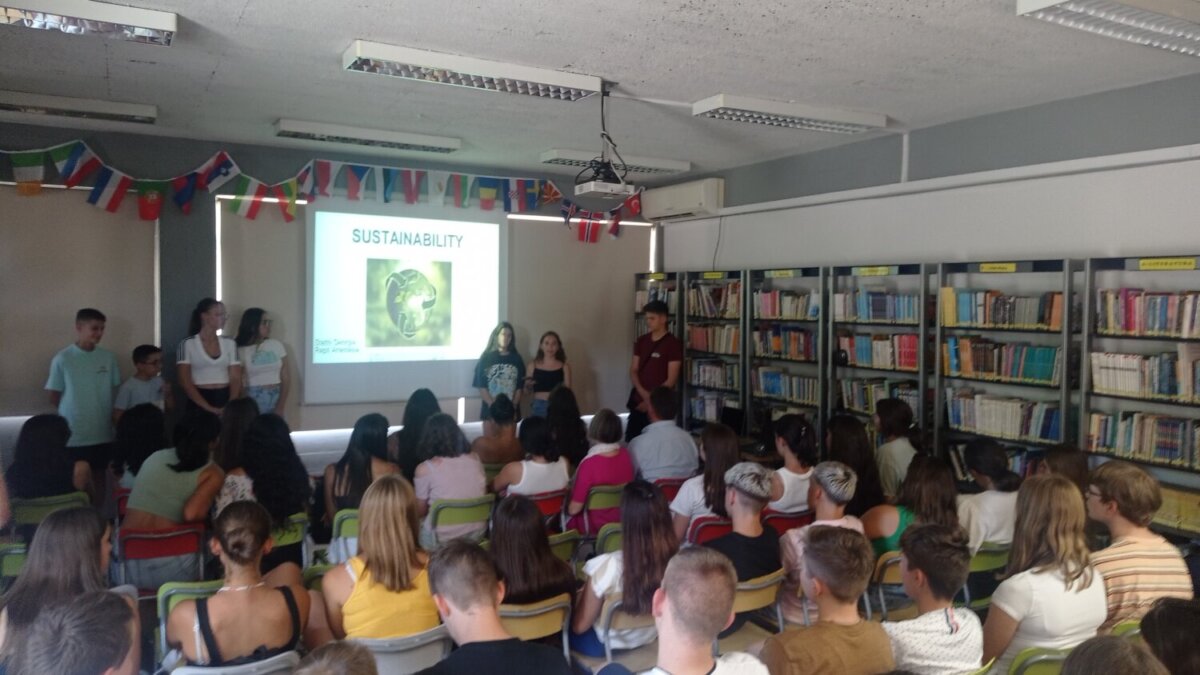
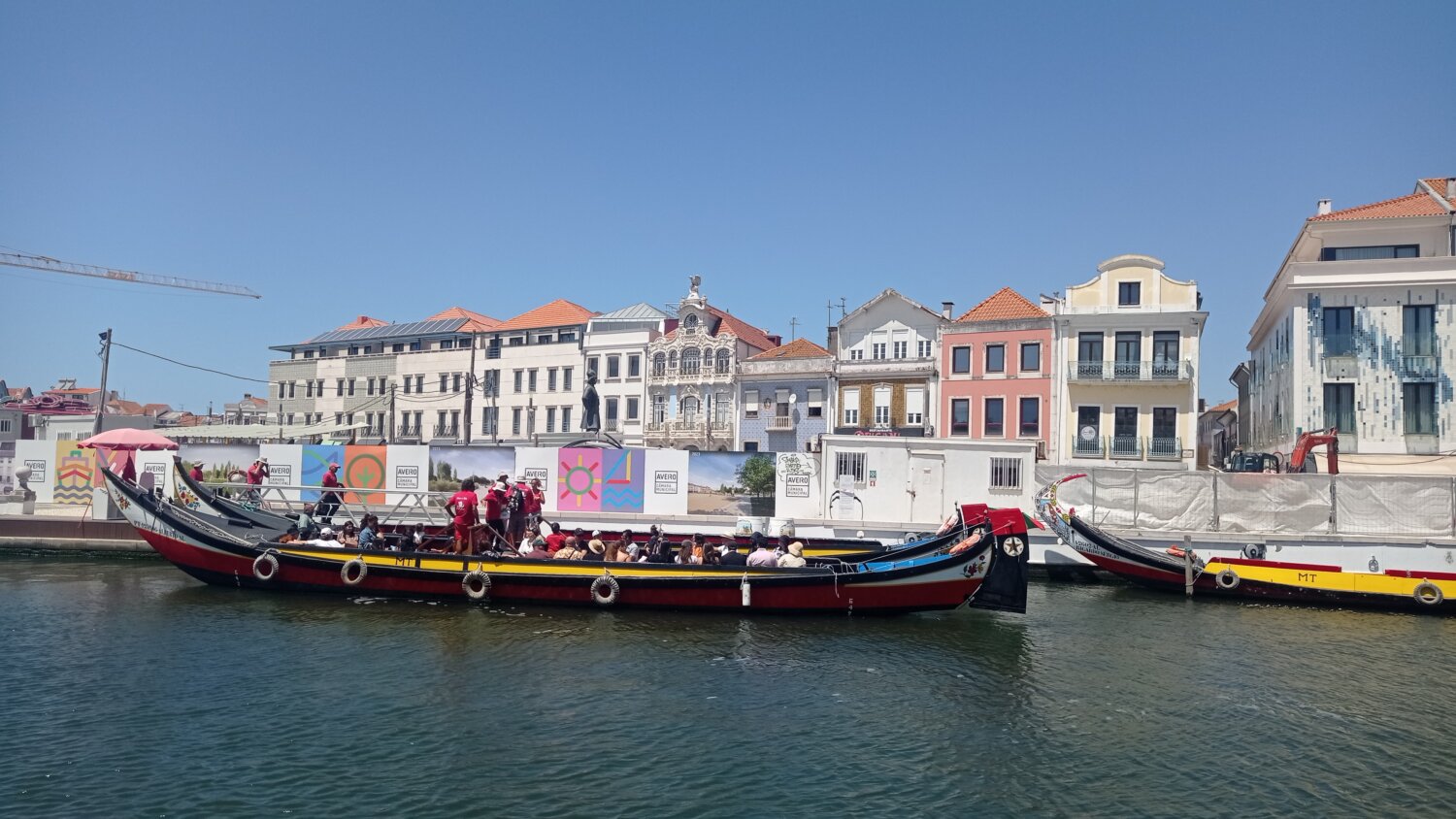



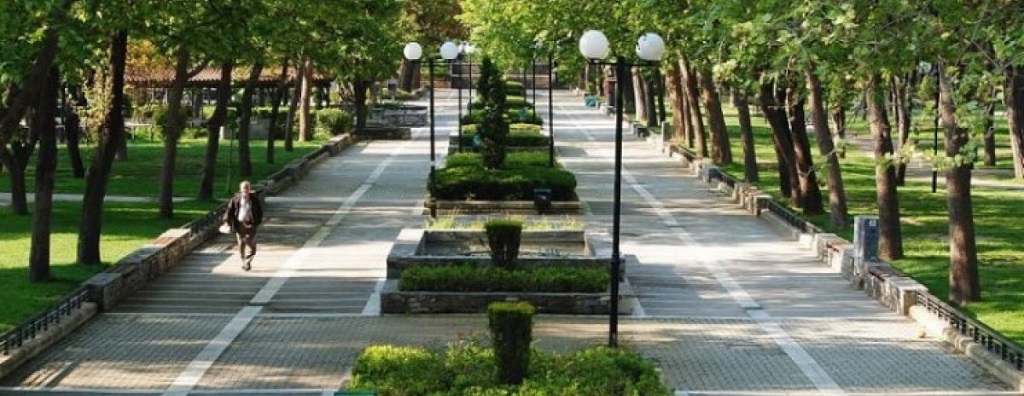
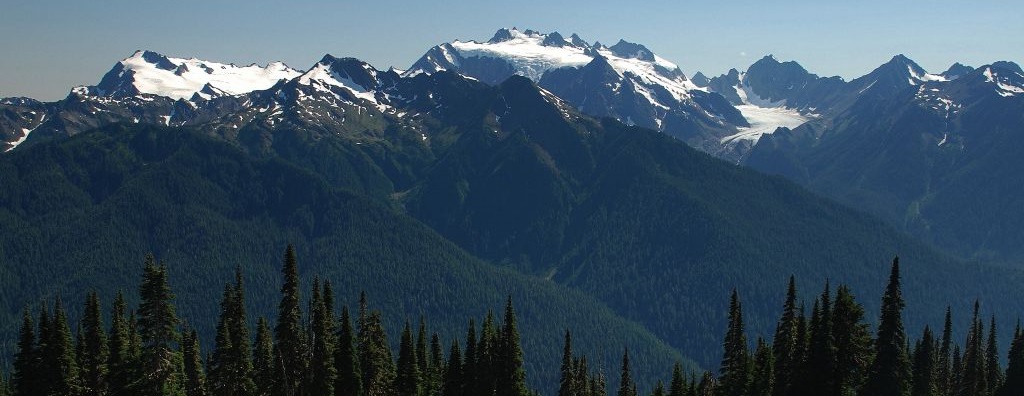
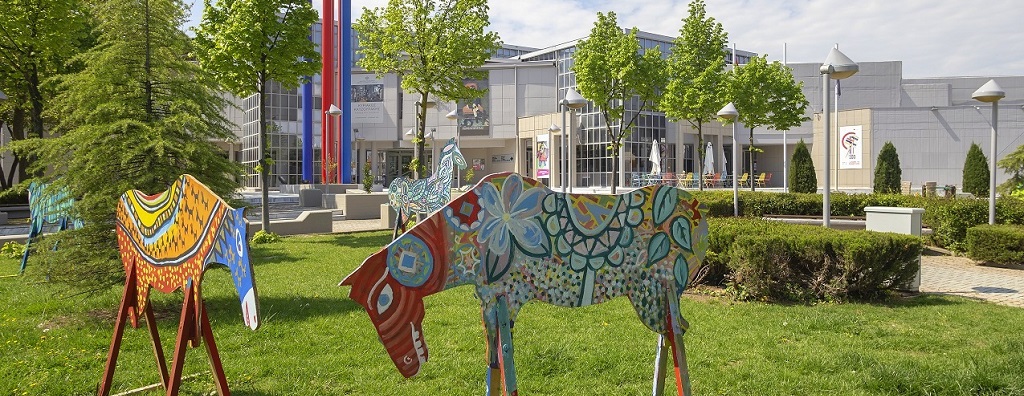
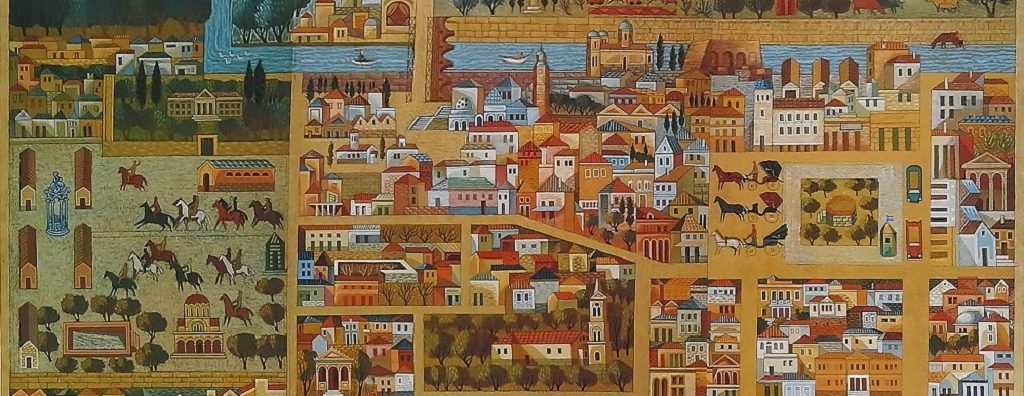









Δεν υπάρχουν ακόμη σχόλια